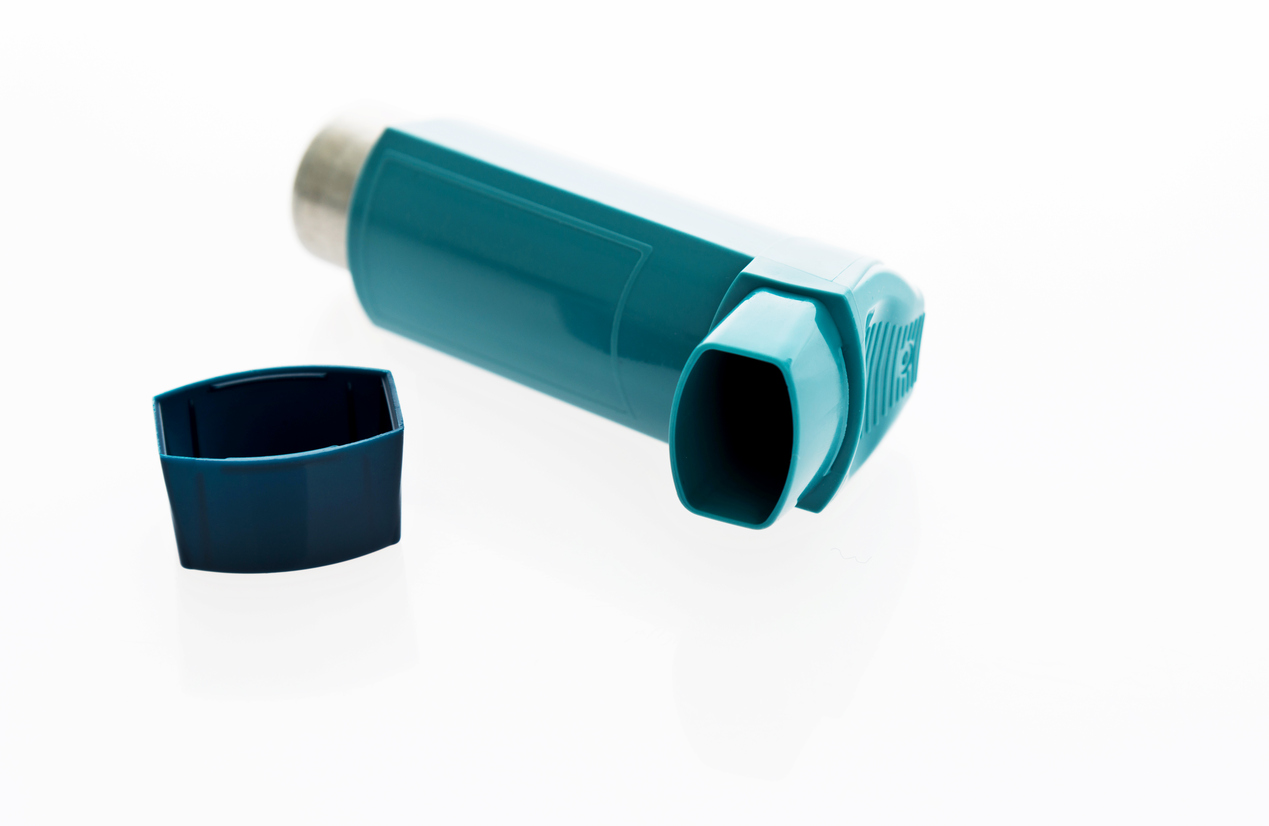The DIA Complex Drug-Device Combination Workshop is being held at the Sheraton Silver Spring during October 9‑10, 2018. The first day of the conference dealt with the regulatory aspects of the generic submissions for these kinds of products, and discussions on clinical aspects related to complex generics, with a focus on inhalation products.
The meeting was well-attended, both by the FDA and industry. While the FDA presenters focused on topics like Enhanced Analytical Tools for Bioequivalence Evaluation of Nasal Spray Drug Products and Clinical Considerations for the Design and Conduct of Comparative Clinical Endpoint Studies for Establishing Bioequivalence of Inhalation and Nasal Drug Products, the industry presenters talked about the challenges in developing therapeutically equivalent generics for these complex products. The discussion on the importance of the underlying physicochemical properties and aerosol physics limits the control which dictate the quality of Dry Powder Inhalers was especially interesting. There were representatives from academia presenting on studies that showed that Population‐PK was able to estimate differences in the c/p ratio based on human PK data for locally acting dry powder inhalers.
Based on the presentations from the industry and academia, and questions asked during the panel discussion, it was evident that the industry is interested in replacing pharmacodynamic studies with alternative approaches for inhalation products and would like the FDA to start taking this seriously. The FDA members expressed that they were open to discussing an alternative to pharmacodynamic studies during a product development meeting. The first day of the meeting ended on a positive note, with the take home message being that, while great strides have been made by the industry and the Agency in the area of generic combination products, there are many more barriers to cross to reach where both intend to be by the end of GDUFA II.



